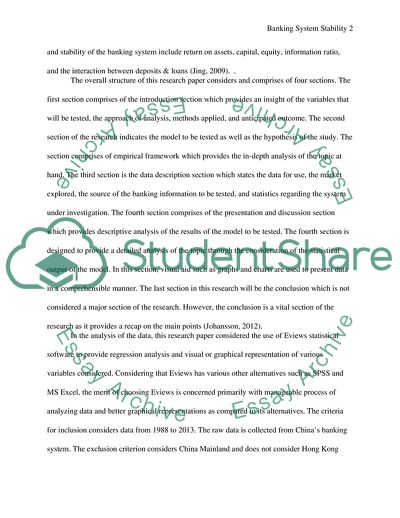Cite this document
(Bank Competition and Banking System Stability Research Paper Example | Topics and Well Written Essays - 3000 words, n.d.)
Bank Competition and Banking System Stability Research Paper Example | Topics and Well Written Essays - 3000 words. https://studentshare.org/finance-accounting/1868941-bank-competition-and-banking-system-stability
Bank Competition and Banking System Stability Research Paper Example | Topics and Well Written Essays - 3000 words. https://studentshare.org/finance-accounting/1868941-bank-competition-and-banking-system-stability
(Bank Competition and Banking System Stability Research Paper Example | Topics and Well Written Essays - 3000 Words)
Bank Competition and Banking System Stability Research Paper Example | Topics and Well Written Essays - 3000 Words. https://studentshare.org/finance-accounting/1868941-bank-competition-and-banking-system-stability.
Bank Competition and Banking System Stability Research Paper Example | Topics and Well Written Essays - 3000 Words. https://studentshare.org/finance-accounting/1868941-bank-competition-and-banking-system-stability.
“Bank Competition and Banking System Stability Research Paper Example | Topics and Well Written Essays - 3000 Words”. https://studentshare.org/finance-accounting/1868941-bank-competition-and-banking-system-stability.


